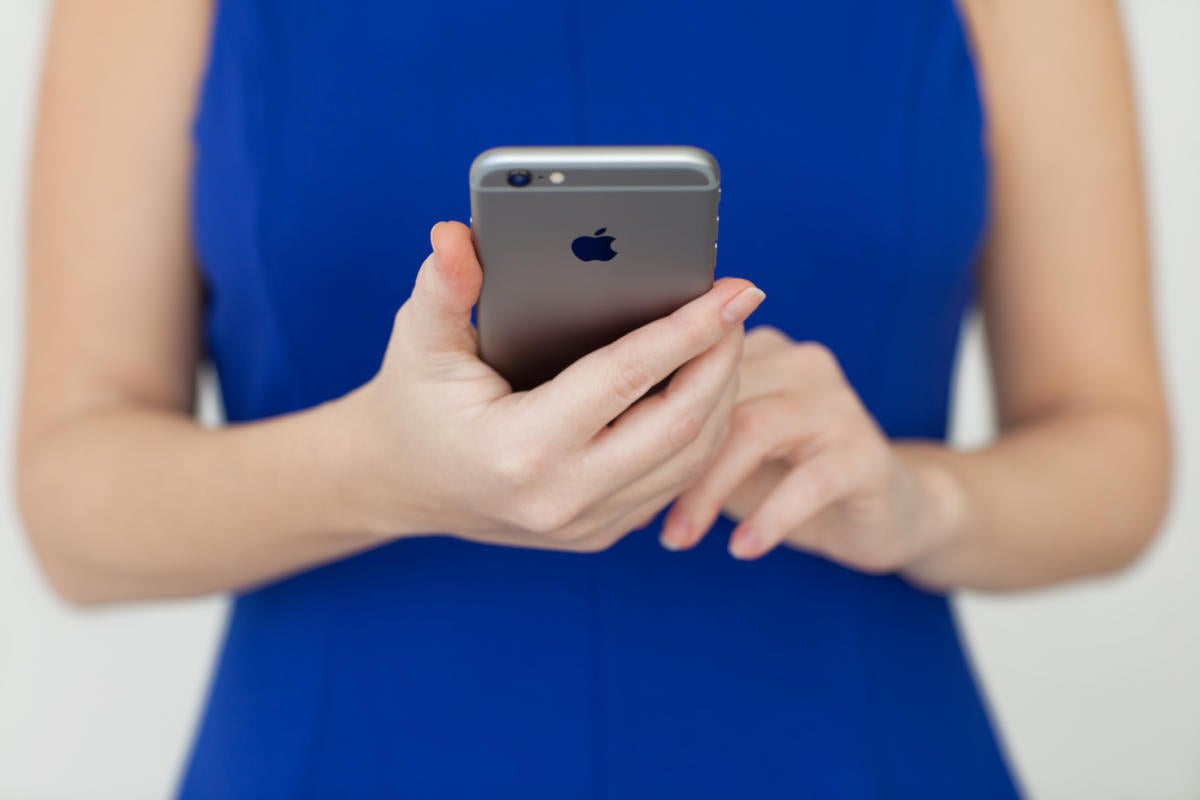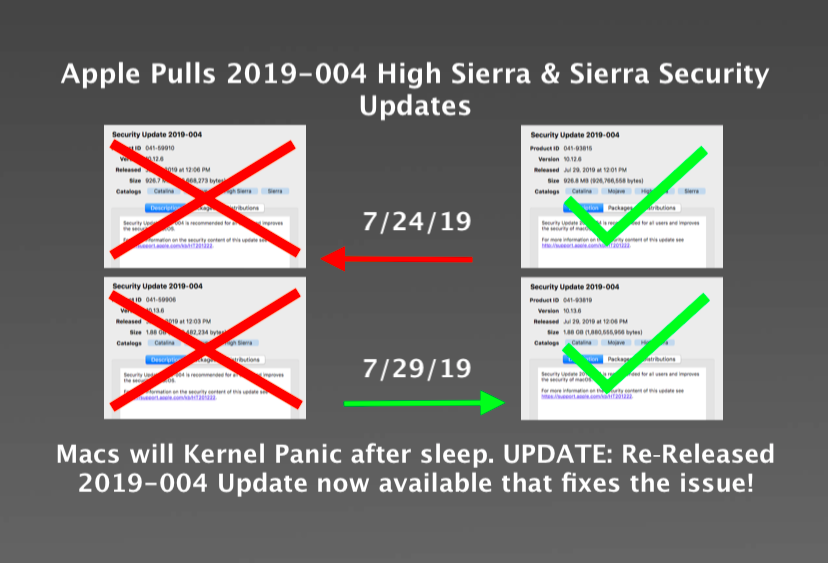
Shut down your MacBook by going to Apple > Shut Down.If this fails for a MacBook, try the steps below If this fails for an iMac, try the non-T2 chip iMac instructions. Wait 5 seconds and then press again to power on.When completely shut down, hold the power button for 10 seconds.Find out if your machine has a T2 chip in the System Information window. The T2 chip will be listed if you have it. Then click on either Controller or iBridge under the Hardware list on the left. To find out if your machine has a T2 security chip, hold option and go to Apple > System Information. MacBook without a T2 Security Chip (Removable Battery).MacBook without a T2 Security Chip (Non-Removable Battery).iMac or MacBook with a T2 Security Chip.There are a couple of different ways to reset the SMC which depend on what Mac you’re using: The SMC is even responsible for recognizing when certain buttons are pressed.Īpple lists numerous signs that your SMC may need to be reset, including when your fans run at high speed, when the power button is unresponsive, or when your Mac shuts down unexpectedly. The System Management Controller - or SMC - is responsible for various pieces of hardware inside your machine such as the battery, fans, logic board and more. Hold these buttons while powering on to perform a PRAM reset. Release the keys when you hear a second startup chime, see a second startup logo, or after 20 seconds.Press the power button and then hold the keys listed above.Locate the following keys on your keyboard: command+shift+P+R.Shut down your machine by going to Apple > Shut Down.Resetting the PRAM can be a quick and easy way to resolve multiple potential problems with your Mac, including unexpected shutdowns.Īfter resetting the PRAM, you may want to go through your System Preferences to manually restore some of your settings. The Parameter RAM - or PRAM - stores various small preferences for your Mac such as the volume, screen brightness, or startup disk. Shut Down your computer from the Apple Menu.Restart your computer from the Apple Menu.


APPLE PANIC MODE HOW TO
APPLE PANIC MODE UPDATE
MacBook will not start up after macOS update.
APPLE PANIC MODE PRO
This support article from Apple is primarily targeted at the 13 inch 2019 MacBook Pro models.


 0 kommentar(er)
0 kommentar(er)
